Clothing stores of the future How 3D-printing could radically change fashion retail.
(Gepubliceerd op Medium op 17/5/2016. Hier geherpubliceerd ter back-up.)
Let’s face it, there’s something inherently crazy about the way we have organised our clothing industry.
First, there’s someone trying to guess what kind of clothes people will like a year in the future. Then it takes about six months to get from original design to a mass produced stock of the same pieces of fabric. To get all these preproduced fashion items into the hands of end consumers, there’s a complex distribution system with traders, warehouses, retail stores and a host of transport services.

This means a whole sector is depending on a guess what will be fashionable in one years time to decide what and how many items to produce, stock and transport.
(I know, I know — companies are working very hard to make this guessing loop better and shorter. By shortening the production and transportation times. By using focus groups and listening to the taste of consumers. But these attempts stay incremental changes to the same model: make generic things first, sell them later.)
To combat this problem, we’ve installed a whole industry to make sure the clothes we’re manufacturing actually get sold: fashion, advertising, the application of ‘image’…
This is putting the cart before the horse.
What if we redesign this industry so that items only get produced after someone bought it?
Technology is already here
The store of the future has the following technology: a 3D body scanner, software to design and render clothing patterns real time, a smart mirror to browse, inspire and display different designs, and 3D-printers to immediately produce the chosen pieces of clothing.
Remember:
The future is already here — it’s just not very evenly distributed.
There are a lot of companies working on 3D body scanning hardware and software (example). You could even do this at home with a Kinect or even by using your smartphone…
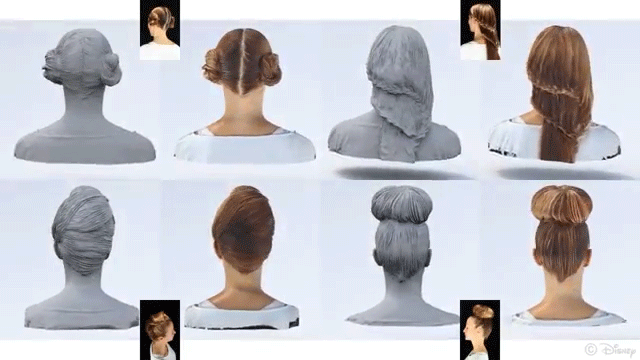
3D body scanning
This is how Joyfit wants you to measure yourself with a smartphone in order to provide you with a made-to-measure 3D-printed bra.
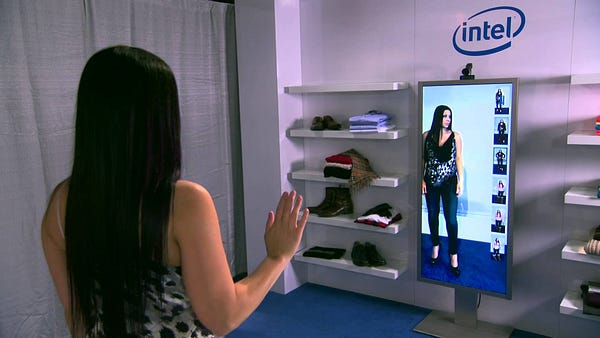
Smart mirrors are also already here.
By using the right kind of software, you could project any design and pattern on your own reflection, and use this smart mirror to browse and choose.
The final piece of technology: a powerful set of 3D-printers. For the moment when we think of 3D-printers, we have a vision of cheap plastics as material, or hard metals (like in dental prosthetics).
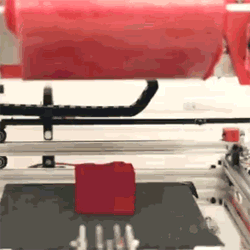
But there’s a whole new generation of 3D-printers getting ready to print soft materials.
Disney’s research lab is experimenting with fabric as a 3D-printing source. The result looks a bit like a cross between a 3D-printer and a sewing machine.
3D-print soft fabric
Take a look at this current Kickstarter project: Electroloom. In their own words: “Design and create seamless, ready-to-wear garments based on custom 3D geometries. All from your desktop. No sewing required.”
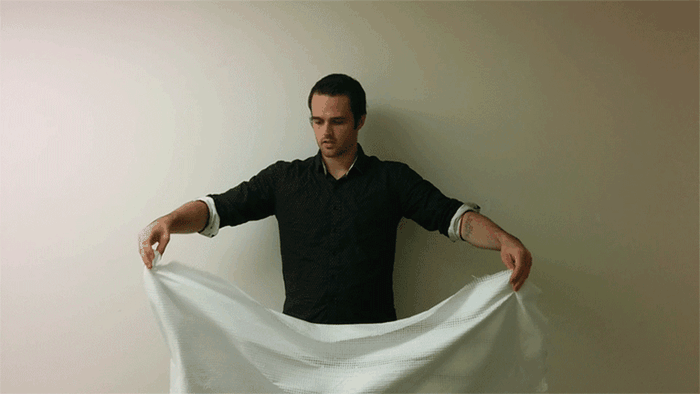
Piece of cloth made by Electroloom
Electroloom has the ability to 3D print fabric using a process similar to the electroplating of metals. It comes with molds for a tank top, a skirt and a beanie.
Experience
Technology is evolving at an ever increasing speed — but the fundamental emotions that drive human beings don’t change. We still need to feel safe, long for love and a feeling of belonging, look for appreciation of others and status, strive for self-actualization.
First we change technology, then technology changes us.
With changed technology comes changed human behaviour, but that changed behaviour is still based on the same human needs and emotions.
We still buy clothes to express ourselves, to express our status, to hide our insecurities, to feel pretty and empowered, to project an image… All these things still need a human eye — not just technology. Unlike with other commodities (that will come to us), we will still want to go to fashion stores to seek a human touch.
We will still need and want a human to reassure us our but does not look too big in that particular piece of clothing…
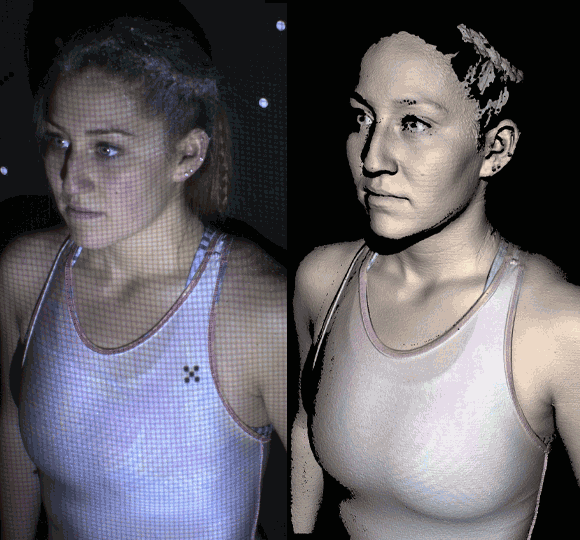
Imagine yourself entering the clothing shop. You are welcomed, not by a sales person, but by a fashion and styling consultant.
While your bodily measurements are being scanned, she listens to your personal preferences and needs, makes an assertion of your character and lifestyle.
Maybe she will browse your Pinterest boards you assembled with your favorite celebrities, showing your taste in clothing.
The styling consultant proposes a first set of clothing, and projects it on the smart mirror in front of you: “What do you think?”
“Do you prefer a dotted pattern in stead of a striped pattern? Black in stead of red? That’s possible.” With a few swipes on her tablet she changes the model in the smart mirror, until you are satisfied.
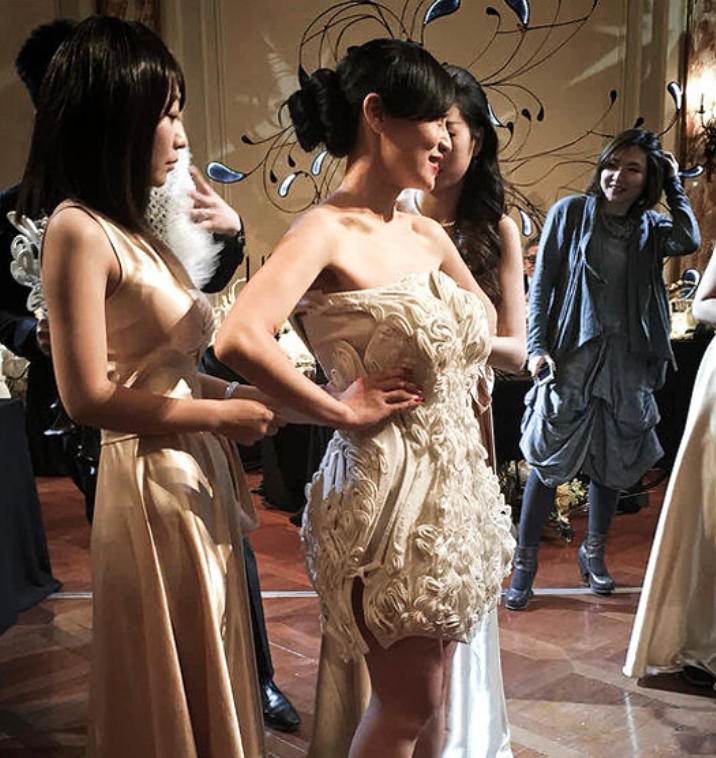
3D-printed wedding dress
Some button presses later your new outfit, made to measure, is rolling out of the 3D-printer.
Recycling
Maybe this 3D-printing technology will even change the way we look at the durability of clothing.
The raw material of clothing could be recycled and reused to print ever new clothes.
This concept design imagines a 3D-printer where clothing can be loaded back into the unit where it is broken down into thread, cleaned, and returned for future use.
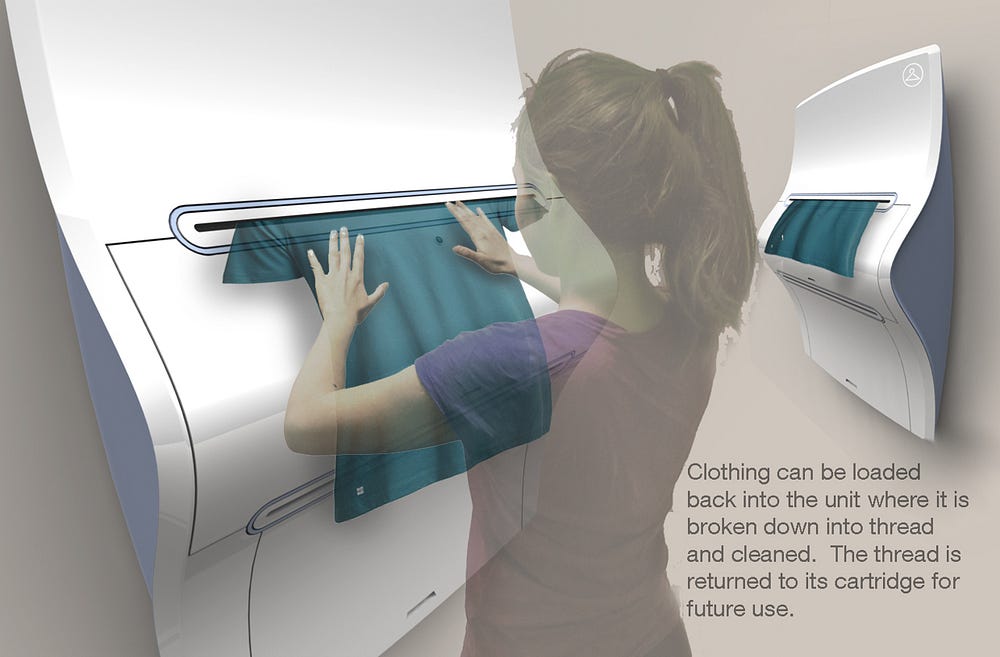
Changed dynamics
All this changes the dynamics of fashion completely.
First of all, it removes the guesswork of ‘will people like this’ and ‘how many of these items should we produce’. By doing this, it eliminates a lot of the costs that are now closely associated with fashion: unsold stock, sales and marketing to ‘push’ items.
But it also removes a slew of other costs: transport and distribution, warehouse and retail space, raw materials (zero waste with 3D-printing, and even negative when recycled).
The price of the physical clothing item could well move to a zero marginal cost.
The value will be added by the human amidst all this technology: the styling consultant. Maybe we will just pay for the advice and insights, and get the sets of clothing as a free byproduct.
Human centered
Of course, this is a radical change for fashion retail. Added value will not be generated by stock, distribution, proximity or availability (like it is now).
Amidst all this technology, we need to put the human experience in the centre of attention. Technology is crucial, but we should embed humans in it.
Embed humans in the technology.
Fashion retail chains need to invest in technology, but they need to invest even more in the one factor that will keep adding value: the human touch.
Robots and computers will never replace those.
